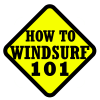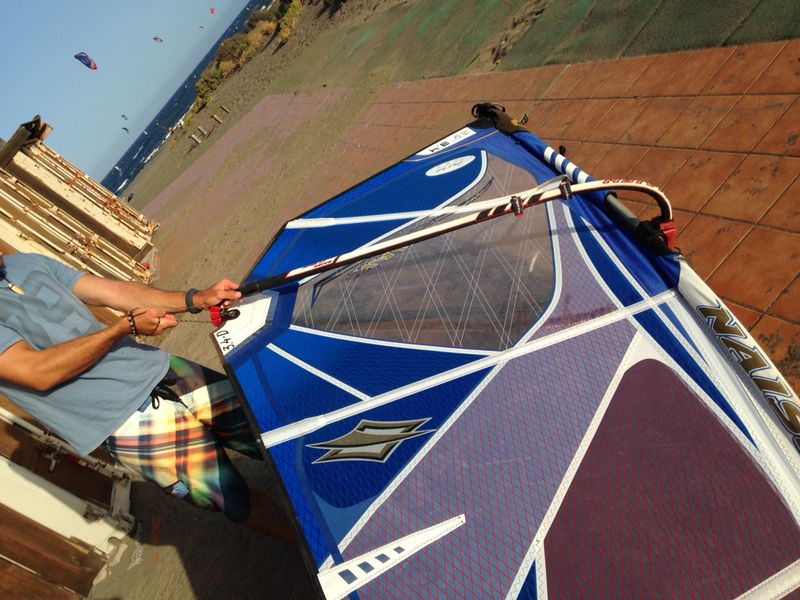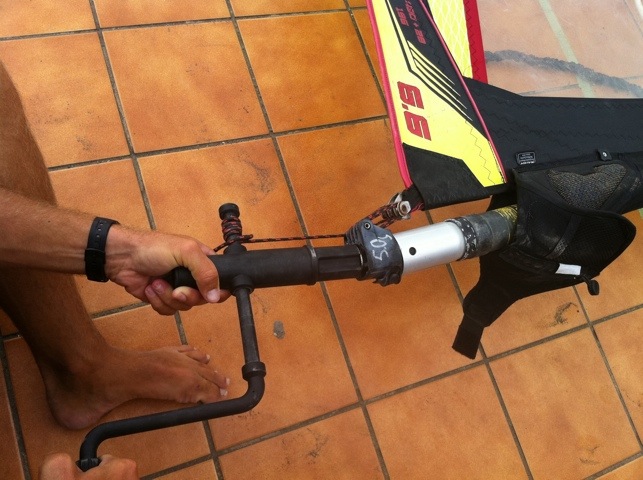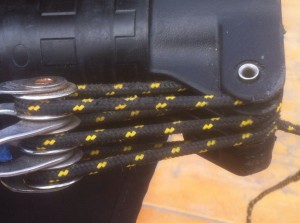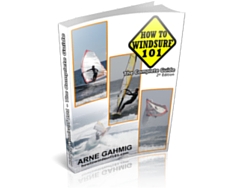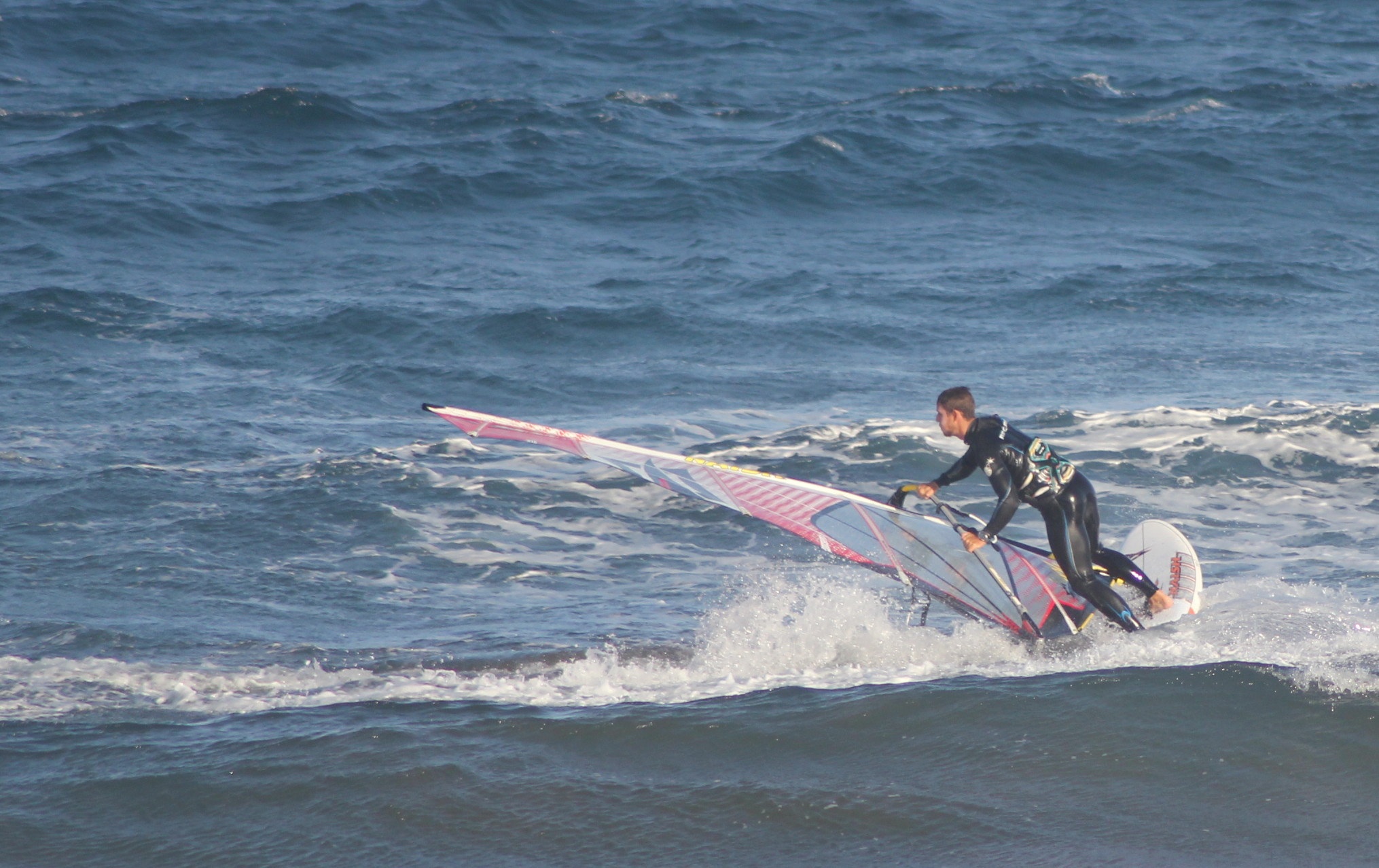
How to Windsurf – the Planing 360
The oldest person I have seen learning the planing 360 is an 80 year old Swede. Just in case anyone was wondering whether they are getting too old to learn new manoeuvres…
In essence, the planing 360 is a transition from a planing gybe into a helicopter-tack that is backed out of.
Here is the step by step breakdown:
- Start off planing at speed.
- Take the back foot out of the foot-strap (as you get more advanced you can attempt to leave it in the foot-strap throughout the manoeuvre)
- Put pressure on the downwind rail with the back foot to start bearing away from the wind. Make sure you transfer your weight over the front foot..
- As you bear away, sheet in the sail, keep the front arm straight and lean the sail to the back of the board.
- As we turn through the downwind course, the power should start to increase on the other side of the sail. At this point we will probably have to move some of our body weight onto the back hand to be able to hold the power that increases in the sail.
- Keeping our front arm straight and using the back hand to control the power of the wind in the sail we keep pushing the clew to the back of the board to make it luff up into the wind again.
- Once it has gone through the beam reach we must continue pushing the clew to the wind instead of to the back of the board, mainly for our stability. If we were to continue pushing the clew to the back we will end up with no wind in the sail and just falling in. As we push the clew towards the wind and away from the back of the board it is important to get our weight on the front foot to avoid the board sinking and shooting out from under us.
- Once the board has turned back into the wind (i.e.. the mast has come over the board again) it is time to sheet in again to push the board back onto the original direction. At this point it is important to push into the board horizontally as we sheet in to ensure we don’t just end up in a water-start position but upright and can start planing again as quickly as possible.
